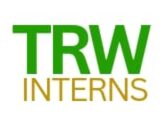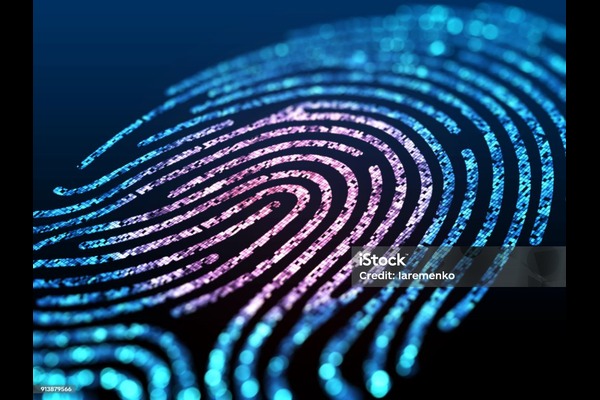Insider Threat Management And Guide
Insider threat whether intentional or accidental can significantly harm your organization by causing financial loss, business disruption, reputational damage, and sometimes breach of compliance and associated sanctions and possible fine. This article aims to draw attention to this subject and briefly outline how to preventively manage insider threat. Suffice to say, many businesses tend to underestimate the presence, dangers and capabilities of insider threats. These set of people hide under genuine employees, vendors, contractors and partners; pretend to serve interest of the organization where as in reality, they pose serious threat. What is insider threat? Insider threat is any security risk that come from people within the organization. This maybe anyone who by virtue of their roles have access to sensitive information and other corporate resources capable of being used against the business. There are two types of insider threat. One is intentional threat, the other is accidental threat. The former is oftentimes premeditated and by impulse, the latter is by ignorance or accidental. Insider threat management refers to internal strategies and processes which a business can deploy for prevention, detection and response to potential threats posed by persons within the organization. Element of insider threat management should include; Risk assessment: will indicate the organization’s threat exposures and vulnerable areas to prioritize protection controls. Policy and procedure: will guide persons on standard operating procedures and the expected role behaviors. Training and awareness: will keep people informed about organization’s security culture and the present of insider threat. Surveillance and monitoring: will notified that every activities within the organization is being monitored for accountability. Insider threat response plan: will prepare the organization to promptly respond to risk of insider threat. It may be a stand-alone, or part of a composite plan. Continuous improvement: will activate reviews for improvement. 8-Controls Against Insider Threat: Maintain Consistent Background Check: employee background check is a conscious activity to prove or disprove claims made by applicant seeking job opportunity or already working for the organization. It is a verification exercise to know the veracity of information provided about an individual. Through background check a person with criminal history will likely be detected and denied employment so as to protect the organization from loss and embarrassment. Prioritize Risk Assessment: risk assessment is designed to know the potential threats that can cause harm and frustrate goals and objectives of a business. Risk assessment can identify most vulnerable areas to be exploited by insider threats, and proffer control measures. Conscious Of User Behavior: user behavior analytics otherwise known as UBA is popular in cyber security. It is designed to monitor, track and analyze behaviors of individuals in a setting for specific security purpose. While this concept tightly fits in cyber security, it can also loosely apply to physical security especially for specific individual who are suspected to pose significant security risks to organization. Through user behavior analysis; trends, patterns, early warning and redflag would be identified. Ensure Access Control: access control regulates in and outflow of persons and materials within a location. For better efficiency; organizations should practice role-based access control (RBAC) where by individuals are permitted access to areas, systems and resources that relevant to their functions. Enforce Policy And Control: policy as a statement of intent must be back up by behavior control measures to ensure compliance by stakeholders. Where this is lacking, will become a vulnerable context for insider threat to exploit. Deploy Physical Security: through people, procedures and technology. This measure will provide security and safety protection to physical assets. It serves to warn and caution insider threat actors of apprehension in the event of attempted security breach. Maintain Relevant Training Program: people will know better about organization’s security policy, standard and measures when they are consistently trained. Such trainings can be achieved through structured class, toolbox talk, sensitization and periodic electronics updates and games. Practice Reward And Sanction: honest acts should attract rewards; dishonest acts should attract sanctions. This is because reward pays, and sanction punishes. In conclusion, organizations must recognize existence of insider threat and that it is near impossible to identify and eliminate it entirely. However, solutions can be developed and implemented for prevention, detection and response. By implementing a custom designed strategy; organizations can proactively manage this potential threat and cultivate a culture of strong security. ALSO READ: Security Guides for Hiring Domestic Workers










